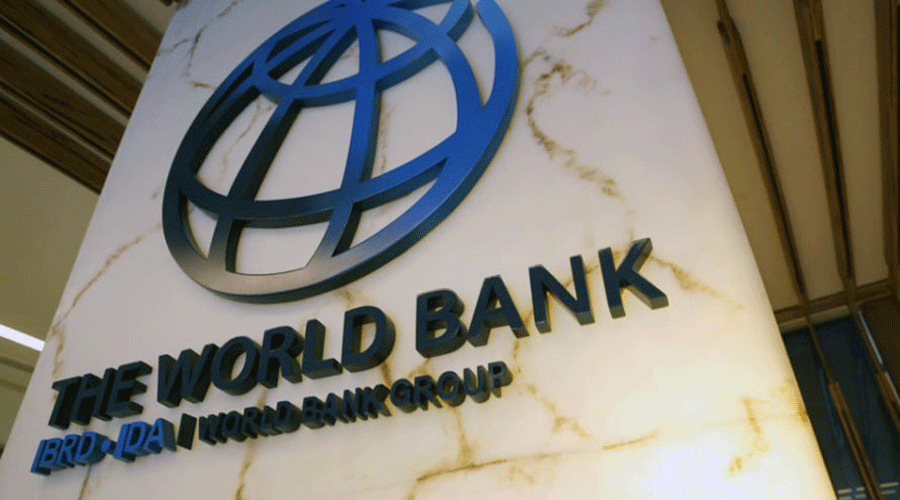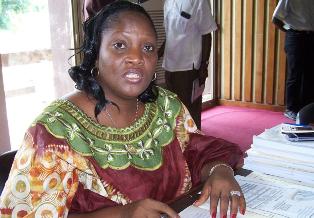Liberia stagnates

A World Bank’s analysis of economies of Sub-Saharan Africa highlights that growth for Liberia and Zambia for the period 2017 to 2018 subdued or stagnated, as high inflation and elevated debt levels continued to weigh on investor sentiment.
The analysis, contained in the April 2019 Edition of the World Bank publication, Africa’s Pulse notes that growth generally in Sub-Saharan Africa has been downgraded to 2.3 percent for 2018 from 2.5 percent in 2017.
However, our concern is drawn to detail that growth picked up in some countries described as “resources-intensive” like Democratic Republic of Congo and Niger, as stronger mining production and commodity prices boosted activity alongside a rebound in agricultural production and public investment in infrastructure.
In contrast, Liberia which is placed under the same category (resource-intensive) didn’t pick up or was left behind principally due to high inflation and elevated debt levels, which continued to make investors apprehensive about coming here to invest.
However, countries referred to as “non-resource-intensive economies” such as Kenya, Rwanda, Uganda, and several in the West African Economic and Monetary Union, including Benin and Côte d’Ivoire recorded solid economic growth during the same period, 2018.
What went wrong? Why are we, as a country, still on pause one whole year after a new government came to power through the ballot box with a very popular mandate (over 60 percent of the total votes) from the electorate? Why are our traditional partners playing a watch and see or are dragging their feet on us?
This inflationary stagnation is hurting ordinary Liberians and driving away the euphoria the characterized the election of the Coalition-led government headed by President George Manneh Weah. The twin evils of any economy, inflation and unemployment are having a serious toll on the country, while
economic growth lags behind population growth.
The dismal performance of the economy is even being exacerbated by soaring exchange rate and sky-rocketing prices in the market. Yet, Liberia is among the resource-intensive countries in Africa, particularly Sub-Saharan Africa. We are endowed with diamond, gold, timber, iron ore rubber and fertile soil, but mismanagement, corruption and sheer neglect have relegated this nation that once recorded higher GDP of over US$500 more than Japan in the 60s.
[bsa_pro_ad_space id=1]
Africa’s Pulse notes that fragility in a handful of countries is costing sub-Saharan Africa over half a percentage point of growth per year, which adds up to 2.6 percentage points over 5 years. Says Lead Economist and Lead author of the report Cesar Calseron: “The drivers of fragility have evolved over time, and so too must the solutions; countries have a real opportunity to move from fragility to opportunity by cooperating across borders to tackle instability, violence, and climate change.”
Fragility breeds violence and instability. And in Liberia, we seem not to be short of these vices with the formation of surrogate groups to pull one another down, publicly cheering the death of our fellow compatriots for holding opposite political views, corruption and lack of accountability, widespread death-related mob violence amid a culture of impunity and witch-hunting, among others. If we as a people, sincerely desire to reverse the downward trend of our economy, these are the issues that should be first addressed to restore partners and investors’ confidence in our system.




















